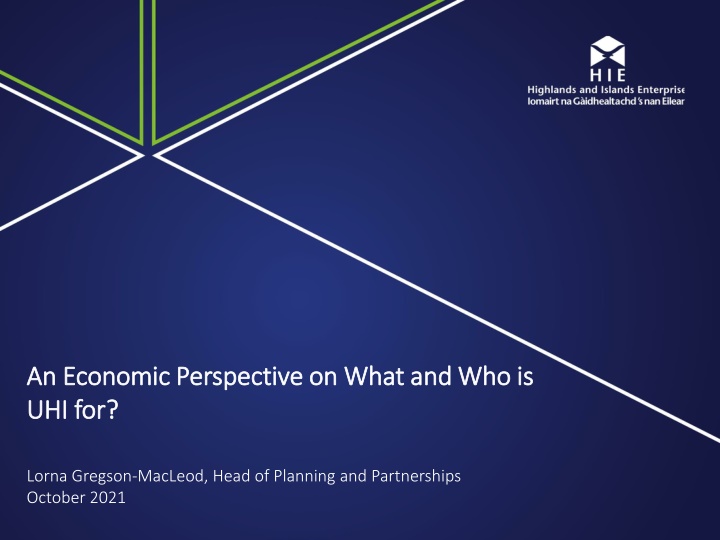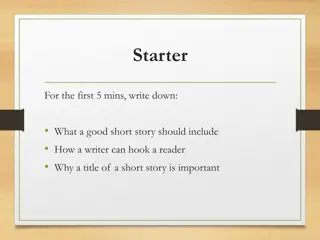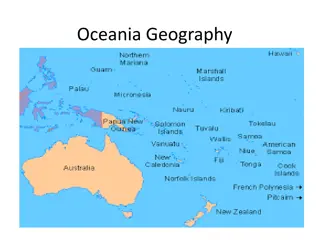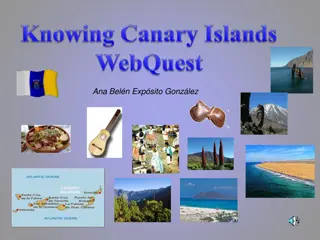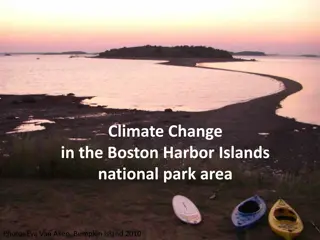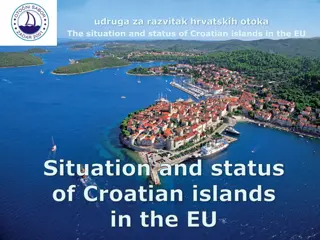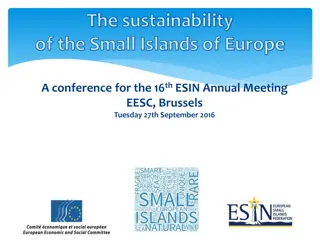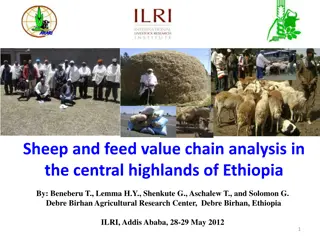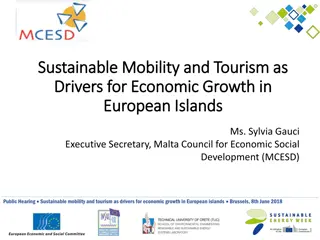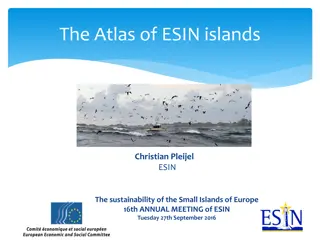Economic Challenges and Opportunities in Highlands and Islands - A Comprehensive Overview
The economic context in the Highlands and Islands region highlights a significant decline in regional GDP, with recovery lagging behind the rest of Scotland due to factors such as Brexit and the impact of COVID-19. Despite challenges, there are signs of recovery, with businesses expressing optimism and taking actions to address labor market shortages. The region faces labor market context with an increase in unemployment rates and uncertainties surrounding the end of the furlough scheme. The HIE Business Panel in June 2021 reveals key priorities for businesses, including attracting staff through competitive pay, learning opportunities, and flexible work patterns.
Download Presentation

Please find below an Image/Link to download the presentation.
The content on the website is provided AS IS for your information and personal use only. It may not be sold, licensed, or shared on other websites without obtaining consent from the author.If you encounter any issues during the download, it is possible that the publisher has removed the file from their server.
You are allowed to download the files provided on this website for personal or commercial use, subject to the condition that they are used lawfully. All files are the property of their respective owners.
The content on the website is provided AS IS for your information and personal use only. It may not be sold, licensed, or shared on other websites without obtaining consent from the author.
E N D
Presentation Transcript
An Economic Perspective on What and Who is An Economic Perspective on What and Who is UHI for? UHI for? Lorna Gregson-MacLeod, Head of Planning and Partnerships October 2021
HIGHLANDS AND ISLANDS CURRENT ECONOMIC CONTEXT Estimated decline in regional GDP estimated at 10.1%* between 2019-2021 and recovery is likely to lag that for Scotland overall (estimated decline 9.2%). Recovery expected to lag Scotland. Argyll and the Islands, Lochaber, Skye and Wester Ross and Caithness and Sutherland are likely to be the most affected parts of the region BREXIT Higher share of: employment in sectors most exposed to COVID-19 (39% versus 37% nationally) 43% of the population of the Highlands and the Islands live in datazones within the 20% most vulnerable to Brexit in Scotland The region has a concentration of employment in several sectors which have been most affected by COVID-19 and those sectors which are at risk from BREXIT Four times as many businesses reported negative impacts on their organisation from Brexit as positive (HIE Business Panel June 2021) 44% negative no impact SIGNS of RECOVERY HIE Business Panel 80% optimistic about their prospects in the next year, up from 75% in February 2020 up from 75% in February 2020 44% striving for growth; 47% stability 93% confident in their viability over the next 6 months, up from 84% in February 2021 80% optimistic about their prospects in the next year, 41% 11% positive *This is an experimental methodology developed using GDP and GVA data from the Scottish Government and ONS and is still a work in progress
Labour Market Context Greater rate of increase in number unemployed in region (+50%) than in Scotland (+46%) between Sept 2019 and Sept 2021 and greater increase (+36%) in youth unemployment in region with 1,640 claimants than in Scotland (+32%) Impact of end to furlough scheme not yet known (7600 estimated to be on furlough end of August) Labour Market shortages across the region, especially in tourism and hospitality, food processing, construction and transport and logistics. Shetland: 365 from 1.4% to 2.6% Areas shaded in pink : Increase in unemployment rate of 100% or over Areas shaded in red: Increase in unemployment rate of 150% or over Unemployment Change July 2019 July 2021 Caithness and Sutherland: 905 from 3.3% to 4.0% Orkney: 285 from 1.3% to 2.1% Inner Moray Firth: 3,775 from 2.4% to 3.9% Na h-Eileanan an Iar: 590 from 2.1% to 3.8% Moray: 2,375 from 2.5% to 4.1% Lochaber, Skye and Wester Ross: 915 from 1.6% to 3.8% Argyll and the Islands: 1,915 from 2.9% to 5.0%
HIE Business Panel June 2021 For those with vacancies, main barriers (top 3): Employment levels stable for 66% of businesses in the last six months and most currently have the levels of staff they need Vacancies higher amongst tourism businesses - 30% don t have the permanent and 42% temporary/seasonal staff they need Key Priorities: Actions taken to attract staff: 54% Competitive levels of pay Informal learning and development Flexible work patterns reflecting employee needs 49% 49% 40% Formal or accredited training Career progression opportunities Improving terms and 36% 33% conditions Apprenticeships or graduate 24% placements Sharing staff resource with other businesses 17% 26% No actions taken
Demographic Change Positive growth for the region as a whole over the past 40 years but variation within. Caithness and Sutherland, Outer Hebrides and Argyll and Islands with current and forecast decline in population. The number of people aged 16-29 has decreased by 6.0% in the Highlands and Islands between 2011 and 2020, greater than the decrease in Scotland -3.4% The share of the population aged 16-29 in the Highlands and Islands in 2020 was 14.3%, compared to 17.3% in Scotland
Regional Opportunities Regional Opportunities AUTHENTICITY, PROVENANCE AND HERITAGE BLUE ECONOMY We have a major natural advantage in the green and blue economies: Aquaculture Marine biotechnology Fisheries Marine tourism Key drivers for tourism, creative industries and food and drink. Maximising the role of the Gaelic language. UNIVERSITY OF THE HIGHLANDS AND ISLANDS (UHI) REMOTE AND HOME WORKING The University of the Highlands and Islands is a key asset, with world-leading expertise in remote learning and specialisms in marine and environmental science. More remote and home working will provide opportunities to attract more people to live, work, study and invest in the region. NET ZERO SPACE/AEROSPACE Major potential exists in renewables research, development and deployment; development of the Circular Economy; land use and natural capital; and decarbonisation of heat. We re uniquely placed for net zero supply Chain opportunities and to contribute to national targets. Opportunities for more traditional sectors e.g. to establish region as a low carbon destination for tourism sector. Our geography offers huge opportunities for spaceports and associated space and aerospace supply chain activities. ADVANCED MANUFACTURING and TECHNOLOGY Technology and innovation will accelerate a data and digital driven economy, evolve health care, overcoming geographic barriers and supporting delivery of the just transition to net zero.
What is UHI for? Regional Model, Regional Voice Regional Profile Innovator and leader International Collaborator Economic Contributor and Significant Employer Population and Talent Attractor and Retainer Key Partner and Influencer Investor in people, communities, businesses, assets, opportunities Supporter and developer of Entrepreneurship Research and Innovation
